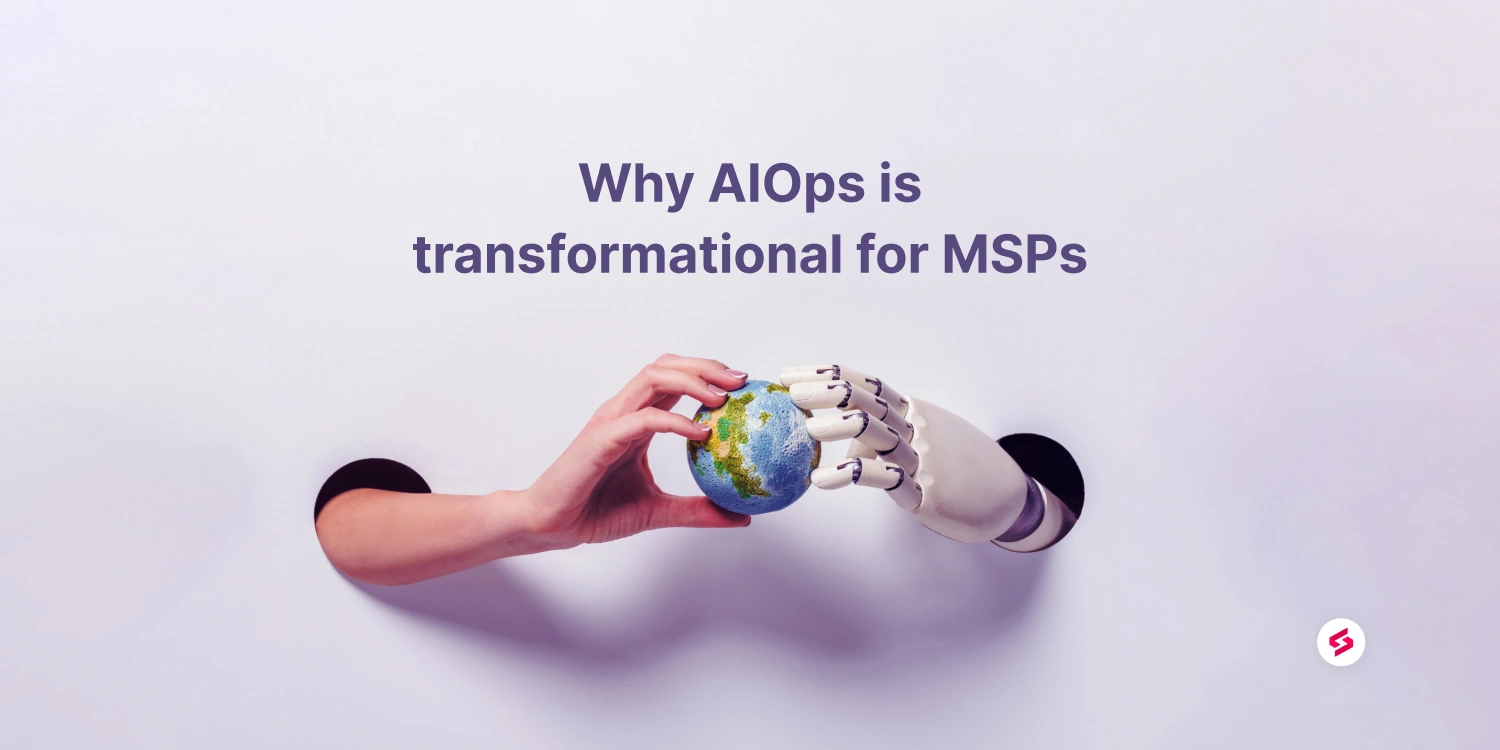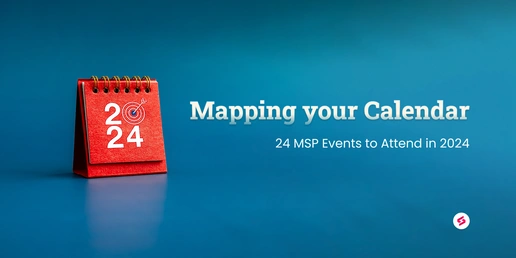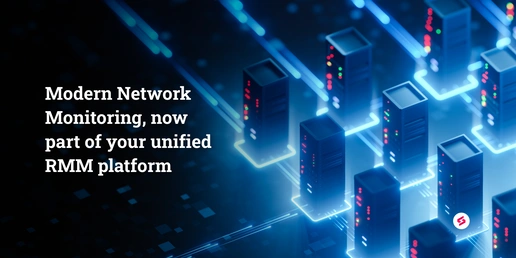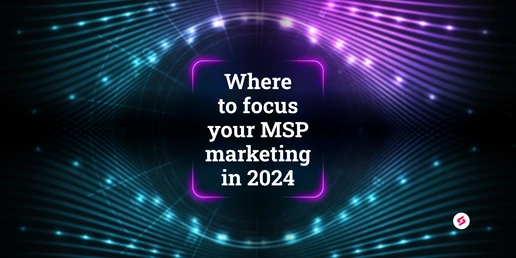The tech world is rife with AI startups, and every other company comes with a ‘.ai’ domain name, promising product features driven by AI. Why, SuperOps.ai is one too!
I’ve written earlier about why we’re called an AI company. I’m going into the details here on what we’re building, how we’re doing it, and what makes us different.
We’ve all seen the popular but now-ancient Marc Andreessen quote: “Software is eating the world.” In the last few years, that has been replaced by proclamations of AI eating software.
With SaaS companies in particular, we’re seeing a lot more of AI than we perhaps had expected. Every SaaS tool in the market today, irrespective of the size of the product or the segment it is in, is introducing automation and working AI into their engineering processes.
AI isn’t an option anymore; AI isn’t a luxury anymore; AI is table stakes.
And in the MSP & IT niche, we’re hearing the term AIOps everywhere. But what does AIOps really mean, and what does it entail?
Understanding AIOps
It is important to note that AI isn’t a feature, a functionality, or a small module that is affixed to a product and will make a difference to how it works. AI is a mindset. It is an approach to how products are built.
And it is something that will change the way MSPs operate altogether. AI can help make the life of MSPs a lot smoother, easier, and more efficient.
First off, there are the basics. AI can assist with automating tedious tasks, reducing the number of open tickets, alerting, notifications and such. These are typically the first steps a company takes while integrating AI into their product.
However, to actually make the best use of the AI technology and use it for MSPs, companies will have to put in a lot more work. The difference has to be in approach.
The products and features have to be engineered differently, and AI has to be integrated from scratch, so as to make the final tool truly AI-driven.
For an MSP, the PSA and RMM layers act as two threads that when woven together create a magical cloak over the MSP platform.
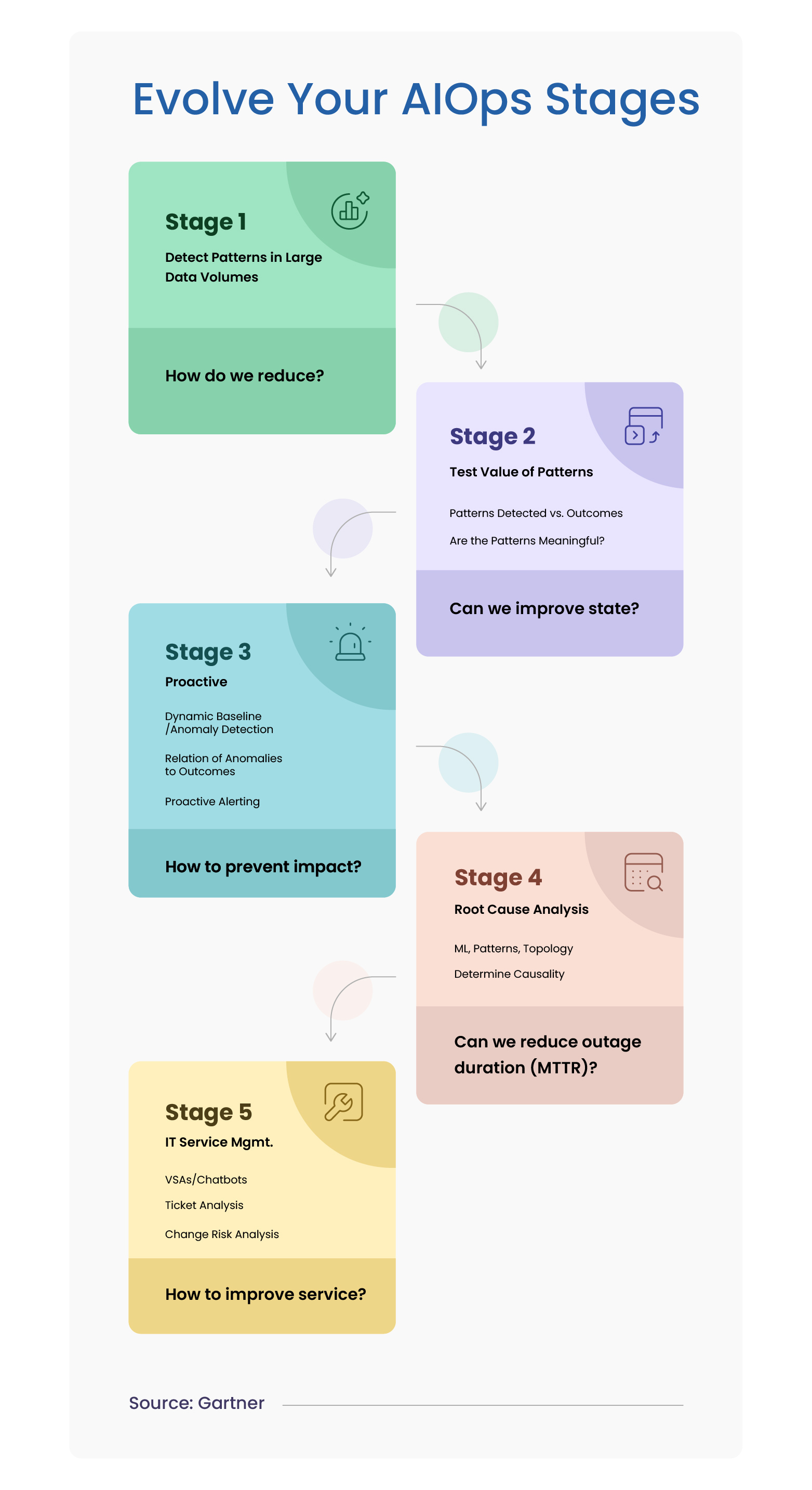
AI in PSA - the big data layer
I call this the big data hub because PSA doesn’t just record an incident, but serves as a system of record and holds historic data about an asset. This is extremely precious and powerful.
Let’s say a printer in an office goes down. Before it does, the RMM has the capability to let you know so you can do what’s needed to fix it. Once this issue is handled, there’s a detailed record in the PSA about the issue, the fact that it was fixed, the changes and the complete log of the asset.
PSA, of course, isn’t just big data. It can be used for conducting root-cause analyses, to set up conversational AI and chatbots, ticket deflection, and more.
AI in RMM - the automation layer
This is all about automation. Within RMM, AI steps in to keep track of everything and alert the user before a system goes down or inform the user when there’s a deviation.
For example, a significant challenge for MSPs is that they sit away from clients and are bombarded with alerts without true clarity on which ones are real, and which ones need to be taken up on priority. Essentially, there’s a lot of noise. AI has the capability to analyze the anomalies and let you know what to pick up and act upon and in what order of priority. RMM can help with features such as noise reduction, automated alerting, rule-based alerting, and much more. At SuperOps, we’ve worked on AI to introduce features such as intelligent alerting, which will help reduce this noise.
Predictive intelligence - the future of MSPs
AI independently helps both PSA and RMM functionalities, but when brought together, it has the potential to elevate the performance and role of MSPs with predictive intelligence.
Let’s go back to our example of the faulty printer. With the PSA, you have big data—the number of times the printer has gone down. With your RMM you have live data—alerts from the RMM while the printer is going down. Put these two together and you have the ultimate predictive capability.
When PSA and RMM come with machine learning, which analyzes anomalies and goes through the data, there’s the opportunity to predict what might happen. You’ll be able to say that the printer won’t act at its full capacity and can go down anytime soon. MSPs can provide clients actionable insight before it is too late to act.
The SuperOps advantage

At SuperOps, we’ve embarked on a journey to use AI and transform the way MSPs operate.
The fact that we’re building the SuperOps platform from the ground up, fully on the cloud will help us tap into the true potential of AI technology.
Unlike legacy MSP software providers, the SuperOps platform is unified, with all modules communicating with each other seamlessly. We’re built entirely on the cloud, and designed keeping in mind the mountains of data that can be securely collected, stored, and analyzed. We’re crafting our tools to enable MSPs to be more efficient and valuable to customers.
We’re headed towards building not just basic AI features, such as alerting, but are also setting our sights on mastering predictive intelligence. We want our tool to be able to assist you ahead of time. This is going to require a lot of time and patience since we need to gather data, create patterns and models, and prepare our platform to bring you predictive intelligence and insightful AI.
We’re excited, and I’ll keep you updated on how things shape up. Stay tuned!

